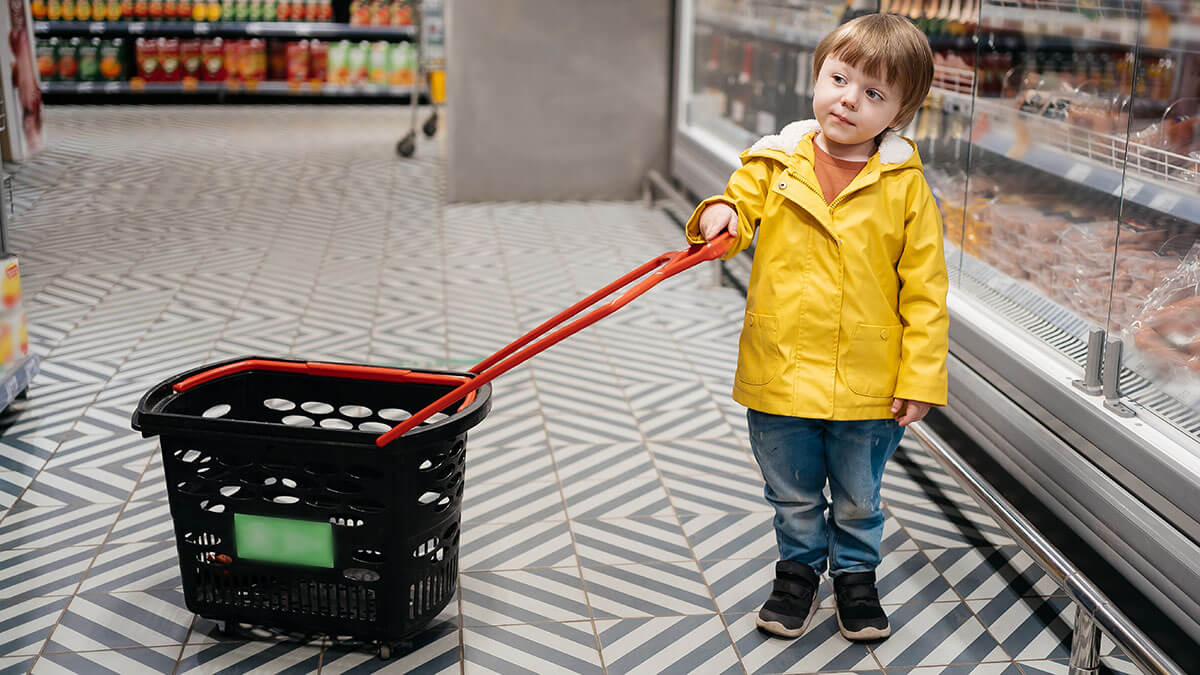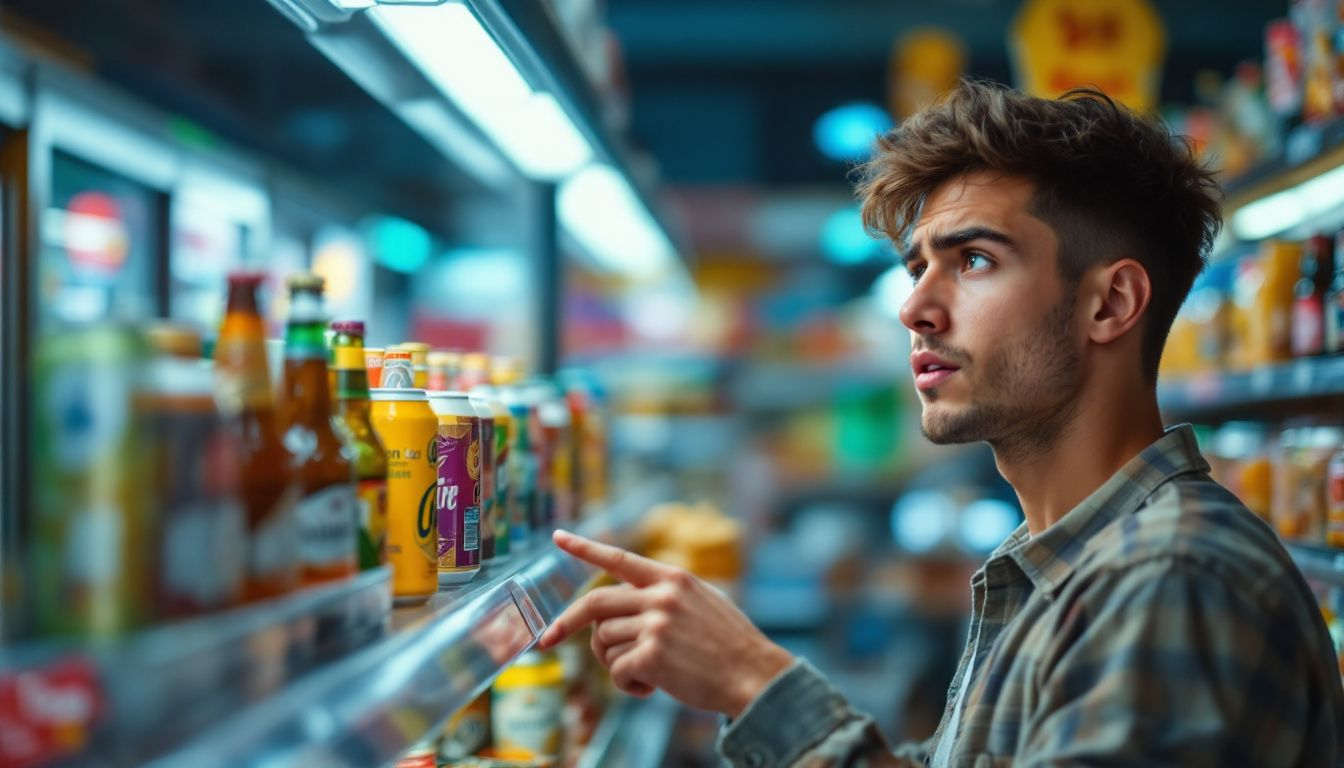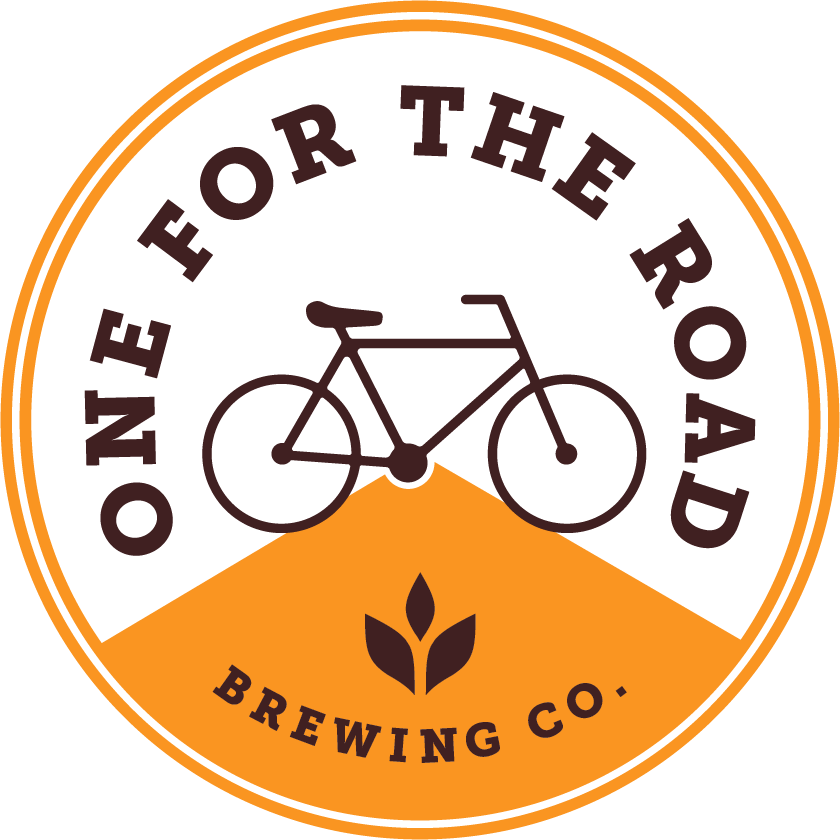
Do You Have to Be 21 to Buy Non-Alcoholic Beer? Legal Insights and Debates
Do you have to be 21 to buy non-alcoholic beer? The short answer is, it depends on where you live. Federal law doesn’t set a minimum age, but state laws vary. Some states allow minors to purchase it, while others don’t. This article will guide you through the legal landscape so you know what to expect.
Key Takeaways
- Non-alcoholic beer contains less than 0.5% alcohol by volume, allowing it to be legally classified as non-alcoholic, but consumers should be aware of potential variations in alcohol content.
- The legal age for purchasing non-alcoholic beer varies across states, with some allowing minors to buy it while others have restrictions, reflecting a lack of federal regulation on this issue.
- While non-alcoholic beer offers health benefits such as lower calories and potential aid in post-exercise recovery, concerns exist about its appeal to minors and the possibility of normalizing alcohol consumption.
Understanding Non-Alcoholic Beer
Non-alcoholic beer is a beverage that aims to replicate the taste and experience of alcoholic beer but with little to no alcohol content.
Typically, non-alcoholic beers contain fewer carbohydrates and calories compared to their alcoholic counterparts, making them an appealing choice for health-conscious individuals. Water constitutes about 90-95% of non-alcoholic beer, making its quality crucial to the final product’s taste and overall quality.
One of the significant benefits of non-alcoholic beer is its potential to reduce overall alcohol consumption.
This can be particularly beneficial for health, as it may lower the risk of alcohol-related diseases, including certain types of cancer. Offering a similar taste to regular beer without the intoxicating effects, non-alcoholic beers present a viable alternative for reducing alcohol consumption.
Additionally, non-alcoholic beers appeal to individuals who need to avoid alcohol for medical reasons or simply prefer not to drink alcohol.
They are also popular among individuals who enjoy the taste of beer but need to avoid alcohol for medical reasons, or those who simply prefer not to drink alcohol.
With a growing market and an increasing variety of flavors and styles, nonalcoholic beverages and non alcoholic beers are carving out a significant niche in the beverage industry.

Alcohol Content in Non-Alcoholic Beers
Despite what the name suggests, non-alcoholic beer is not completely free of alcohol. For a beverage to be classified as non-alcoholic, it must contain less than 0.5% alcohol by volume (ABV).
This threshold is significantly lower than that of regular beer, which typically has an alcohol content ranging from 4% to 6% ABV. However, the presence of any alcohol at all can sometimes lead to confusion and misconceptions.
Occasionally, some non-alcoholic beers may slightly exceed the 0.5% ABV threshold due to variations in the brewing process.
These discrepancies can raise questions about the accuracy of labeling and the true classification of these beverages. Consumers should be mindful of these potential variations, especially if they need to avoid alcohol entirely.
Under federal law, non-alcoholic beers with less than 0.5% ABV are not classified as ‘beer’ and are thus not subject to the same regulations as alcoholic beverages.
This means that, legally, minors can consume these beverages, although the regulations can vary significantly from state to state. Understanding the exact alcohol content and legal classification of non-alcoholic beer is crucial for making informed decisions about its consumption.
Legal Drinking Age for Non-Alcoholic Beer Purchases

The legal drinking age for purchasing non-alcoholic beer is a topic of considerable ambiguity and variation across the United States.
Under the federal Minimum Drinking Age Act of 1984, there is no specific mention of non-alcoholic beer, meaning no federal age restriction applies specifically to it.
This lack of clear federal guidelines means that the legal drinking age for non-alcoholic beer purchases is often determined at the state level.
In many states, there is no universal age requirement specifically for non-alcoholic beer purchases. Some states, like Ohio, allow individuals as young as 18 to purchase non-alcoholic beer.
Sixteen states permit minors to purchase non-alcoholic beer, reflecting significant variability in state laws. This patchwork of regulations can make it challenging for consumers to know what is legal in their specific location.
While minors are permitted to consume non-alcoholic beverages containing up to 0.5% ABV under federal law, the policies regarding their purchase can be inconsistent.
This inconsistency highlights the importance of understanding local laws and regulations when it comes to the sale and consumption of non-alcoholic beer, especially for minors.

Provinces Where Minors Can Purchase Non-Alcoholic Beer
In Canada, the laws surrounding the purchase and consumption of non-alcoholic beer vary by province and territory, reflecting differing approaches to alcohol-free beverages.
In most provinces, non-alcoholic beer—defined as containing less than 0.5% alcohol by volume—is not classified as an alcoholic beverage, which means it is generally treated the same as any other non-alcoholic drink. As a result, minors can typically purchase and consume non-alcoholic beer without restriction.
For instance, in provinces like Ontario, British Columbia, and Alberta, there are no age restrictions on purchasing non-alcoholic beer, and it is widely available in grocery stores and convenience stores.
Similarly, in Quebec, minors can legally buy non-alcoholic beer, as it falls outside the jurisdiction of the province’s alcohol control regulations.
However, there are exceptions. Some provinces, such as Prince Edward Island, have stricter liquor laws that might apply even to beverages with very low alcohol content.
Additionally, retailers in certain areas may impose their own policies, such as requiring ID for all beverage purchases resembling alcoholic products, regardless of their actual alcohol content.
Understanding these provincial and local variations is important for consumers and retailers alike, as Canada’s regulatory landscape for non-alcoholic beer continues to evolve.
States Where Minors Can Purchase Non-Alcoholic Beer
In the United States, there are 16 states where minors can legally purchase non-alcoholic beer. States such as Alaska, California, and Hawaii permit minors to buy non-alcoholic beer, reflecting a more permissive approach to these beverages. Ohio, for instance, allows minors over the age of 18 to purchase non-alcoholic beer, while Texas has no age restrictions at all for these purchases.
Other states, including Maryland, Massachusetts, and Minnesota, also allow underage purchases of non-alcoholic beer. However, this is not a universal standard. In 14 states, minors are not permitted to drink non-alcoholic beer at all, showcasing the wide variation in state laws.
Even within states that allow minors to consume non-alcoholic beer, there can be restrictions on purchasing it. For example, in North Dakota and Mississippi, minors are allowed to drink non-alcoholic beer only if they are 18 or older. Understanding these state-specific regulations is crucial for ensuring compliance with local laws.
The Debate on Allowing Minors to Buy Non-Alcoholic Beverages
The debate on whether minors should be allowed to purchase non-alcoholic beverages is multifaceted and contentious.
One major concern is that selling non-alcoholic drinks to minors might promote unhealthy habits and potentially serve as a gateway to future alcohol consumption. Health professionals argue that exposure to non-alcoholic beverages that resemble alcoholic drinks can increase interest in alcohol among adolescents.
Some experts suggest that marketing strategies for non-alcoholic drinks should focus on adults to avoid attracting minors to these products.
The visual and sensory similarities between non-alcoholic and alcoholic beverages can blur the lines for young consumers, potentially leading them to develop a taste for alcohol.
Balancing these concerns with the benefits of providing a safer alternative to alcohol is a challenging task. This debate reflects broader societal questions about how to best protect youth while respecting individual choices and freedoms.

Historical Context of Non-Alcoholic Beers
The concept of non-alcoholic beer has deep historical roots, dating back to medieval Europe. During this time, ‘small beer’ was a popular drink among the working class, providing a safer alternative to often-contaminated water.
In colonial North America, alcohol was a staple in daily life, consumed by people of all ages, though drunkenness was socially frowned upon.
The temperance movement of the 19th and early 20th centuries played a significant role in shaping attitudes toward alcohol consumption. This movement, which advocated for reduced alcohol use, eventually led to Prohibition in the United States from 1920 to 1933.
During Prohibition, breweries adapted by creating low-alcohol and non-alcoholic beers, laying the groundwork for the non-alcoholic beers we know today.
The rise of teetotalism in the 1830s further promoted the idea of complete abstinence from all alcoholic beverages, including beer and wine. These historical movements have significantly influenced the development and perception of non-alcoholic beers over time.
Benefits and Drawbacks of Non-Alcoholic Beer
Non-alcoholic beer offers several benefits, particularly for those looking to reduce their alcohol intake. One of the primary advantages is the lower calorie content compared to regular beer, making it a healthier alternative for those watching their weight.
Additionally, non-alcoholic beer can be used by athletes as a recovery drink, as some studies suggest it may aid in post-exercise recovery.
However, non-alcoholic beers are not without their drawbacks. The carbohydrate content can sometimes be higher than that of alcoholic beer due to added sugars used to enhance flavor.
The sugar levels in non-alcoholic beers can vary widely, with some brands containing more sugar than others. This can be a concern for individuals monitoring their sugar intake.
Despite these drawbacks, non-alcoholic beers still provide a similar taste experience to traditional beers, appealing to those who enjoy the flavor of beer but wish to avoid alcohol.
The increasing focus on flavor profiles by craft breweries has also contributed to the growing popularity of low-alcohol and non-alcoholic beer options.
Different Categories of Low-Alcohol Beers
Low-alcohol beers come in various categories, each with distinct characteristics. Most alcohol-free beers are labeled to contain no more than 0.05% alcohol by volume (ABV). However, some drinks marketed as alcohol-free may actually contain up to 0.5% ABV, which still classifies them as non-alcoholic under federal law.
Low alcohol beer, which typically has an alcohol content of 1.2% ABV or less, offers another option for those seeking a beer-like experience with minimal alcohol. These alcohol beverages provide a balance between flavor and low alcohol content, catering to a growing market of health-conscious consumers.
Near beers, often containing less than 0.5% ABV, are designed for those who want to enjoy the taste of near beer without the intoxicating effects. The resurgence of small beers, historically brewed with low alcohol content, reflects changing consumer preferences towards more flavorful and less intoxicating beverages.
Production Process of Non-Alcoholic Beer
The production of non-alcoholic beer has evolved significantly over the years. It began in earnest in the USA in 1919, coinciding with the Temperance movement, which prohibited beverages containing more than 0.5% ABV.
During this period, breweries adapted by creating a less flavorful beer with an alcohol content of 0.5%, setting the stage for modern non-alcoholic beer.
Brewing non-alcoholic beer shares many similarities with traditional beer-making but requires specialized techniques to manage alcohol levels. The brewing process typically involves either removing alcohol from the finished beer or controlling fermentation to produce minimal alcohol.
These techniques ensure that the final product meets the legal definition of non-alcoholic beer while retaining the desired taste and quality.
Modern brewing methods have significantly improved the taste and variety of non-alcoholic beers, making them a popular choice for a wide range of consumers.
The emphasis on maintaining flavor while reducing alcohol content has driven innovation and growth in this segment of the beer market.
Parental Consent and Non-Alcoholic Beer Consumption by Minors
When it comes to minors consuming non-alcoholic beer, parental consent plays a crucial role. Parents and guardians are encouraged to research local laws to understand the legality and implications of allowing their children to consume these beverages.
Deciding to permit minors to drink non-alcoholic beer requires careful consideration of the potential health and social impacts.
Parental consent is not just a legal formality; it reflects a broader responsibility to guide and educate children about healthy habits and the potential risks associated with alcohol use.
While non-alcoholic beer contains minimal alcohol, the perception and social context of its consumption can raise concerns.
Allowing minors to consume non-alcoholic beer can have implications beyond the immediate effects of the beverage itself. Parents should consider the potential for non-alcoholic beer to normalize alcohol consumption and influence future drinking behaviors.
Ultimately, informed and thoughtful parental guidance is essential in navigating these considerations.
Summary
In summary, the legalities surrounding the purchase and consumption of non-alcoholic beer by minors are complex and vary widely from state to state.
Non-alcoholic beers, while not entirely free of alcohol, offer a lower-alcohol alternative to traditional beers, with potential health benefits and risks. The debate over whether minors should be allowed to purchase these beverages is ongoing, with valid arguments on both sides concerning health implications and societal norms.
Understanding the historical context of non-alcoholic beer, its benefits and drawbacks, and the different categories of low-alcohol beers can help consumers make informed choices.
As non-alcoholic beers continue to grow in popularity, staying informed about local laws and parental guidance will remain crucial. Whether you’re a parent, a minor, or simply a curious consumer, knowledge is key to making the best decisions about non-alcoholic beer.
Frequently Asked Questions
How old do you have to be to drink?
You must be at least 21 years old to drink alcohol in the United States, as this law is designed to protect individuals and promote safety.
Is non-alcoholic beer completely free of alcohol?
Non-alcoholic beer is not completely free of alcohol; it usually contains less than 0.5% alcohol by volume (ABV). Therefore, those avoiding alcohol entirely should be cautious.
Can minors legally purchase non-alcoholic beer in all states?
Minors cannot legally purchase non-alcoholic beer in all states, as the regulations vary; some states permit it while others impose restrictions.
What are the health benefits of non-alcoholic beer?
Non-alcoholic beer offers health benefits such as lower calorie content and a reduced risk of alcohol-related diseases. Choosing this option can support a healthier lifestyle while still enjoying the taste of beer.
How is non-alcoholic beer produced?
Non-alcoholic beer is produced by either removing alcohol from the finished beer or by controlling the fermentation process to limit alcohol production. This ensures a flavorful beverage without the intoxicating effects of alcohol.


